Understanding pressure altitude vs. density altitude is an important factor in becoming a safe, well-rounded pilot.
[lwptoc skipHeadingLevel=”h4″]
Many student pilots are confused by the difference between pressure altitude and density altitude.
Understanding which is which will help you better understand the forces acting upon your aircraft; a well-educated pilot can then adjust accordingly, especially depending on the weather and time of year the flight takes place.
Learning about the differences and similarities between them, as well as how they are measured and calculated, is an important part of any pilot’s education. Working knowledge of a few formulas and instruments related to pressure altitude vs. density altitude, as well as the concepts behind them, are just a small part of flying as a well-rounded pilot.
The Importance of an Altimeter in Understanding Pressure Altitude vs. Density Altitude
To correctly understand what pressure and density altitude are, as well as the differences between them, pilots must first have a strong grasp of what an aircraft’s altimeter is, what it measures, and how it works.
Altimeters are part of an airplane’s “six-pack,” which refers to six primary instruments, either analog or digital, which are present in most general aviation cockpits.
In addition to the altimeter, the six-pack consists of the airspeed indicator, attitude indicator, vertical speed indicator, heading indicator, and turn coordinator.
The altimeter measures static air pressure, which is the pressure of the atmosphere. It is different from a barometer, which only indicates atmospheric pressure, whereas an altimeter translates atmospheric pressure into altitude.
This is important for pilots to know so they have an accurate concept of how high the aircraft is. Radar and GPS altitude can give this same information, but they cannot sense changes in air pressure like an altimeter can, and radar only works at lower altitudes.
On piston-driven airplanes, pilots must input new information into the altimeter on a regular basis, usually every ten to fifteen minutes. Whether he or she is using a glass cockpit or traditional “steam gauges,” the pilot must set it to the altimeter pressure of the nearest airport. Unless he or she does so, navigation errors quickly result.
Pilots speak to air traffic controllers regularly in order to gather this information. On both glass cockpit as well as analog altimeters, the pilot adjusts the altimeter using a small dial. These calibrations compensate for local weather conditions so that the altimeter is accurate.
A static port outside the airplane’s fuselage measures the air pressure. It is located in a place where it can read the flow of the air without any disturbances from the airplane’s control surfaces. A tube from the port connects it to a series of aneroid wafers (in other words, a small metal disk) in a small container. These wafers are sealed so that they measure only the air reaching them from outside the airplane.
As the air from the static port reaches the aneroid wafers, they expand and collapse based on the static pressure they experience. When the pressure is low, the instruments can expand; under higher pressure, they are pushed down. Mechanisms within the altimeter are connected to this chamber, and the data is then fed to the part of the instrument facing the pilot.
Airplanes flying at lower altitudes compress the wafers; those located higher up will show increased altitude as the aneroid wafers expand.
The Kollsman Window and Barber Pole Readings
Part of the altimeter is known as the Kollsman window. It is placed on the right-hand side of the altimeter, at the 3 o’clock position.
The Kollsman window consists of a mechanism that provides barometric pressure readings. European Kollsman windows read in millibars, while most US-made airplanes report in terms of InHg, which stands for “inches of mercury.”
On the lower part of the altimeter, at the 6 o’clock position, a pilot might see a thick half-crescent consisting of alternating white and black stripes. Because of the design, this is sometimes known as “the barber pole.” The barber pole only appears when the aircraft is flying above sea level or 10,000 feet, depending on the design of the altimeter. It vanishes when the airplane goes below this level. The barber pole is designed so that pilots make more accurate readings when glancing at the face of the altimeter.
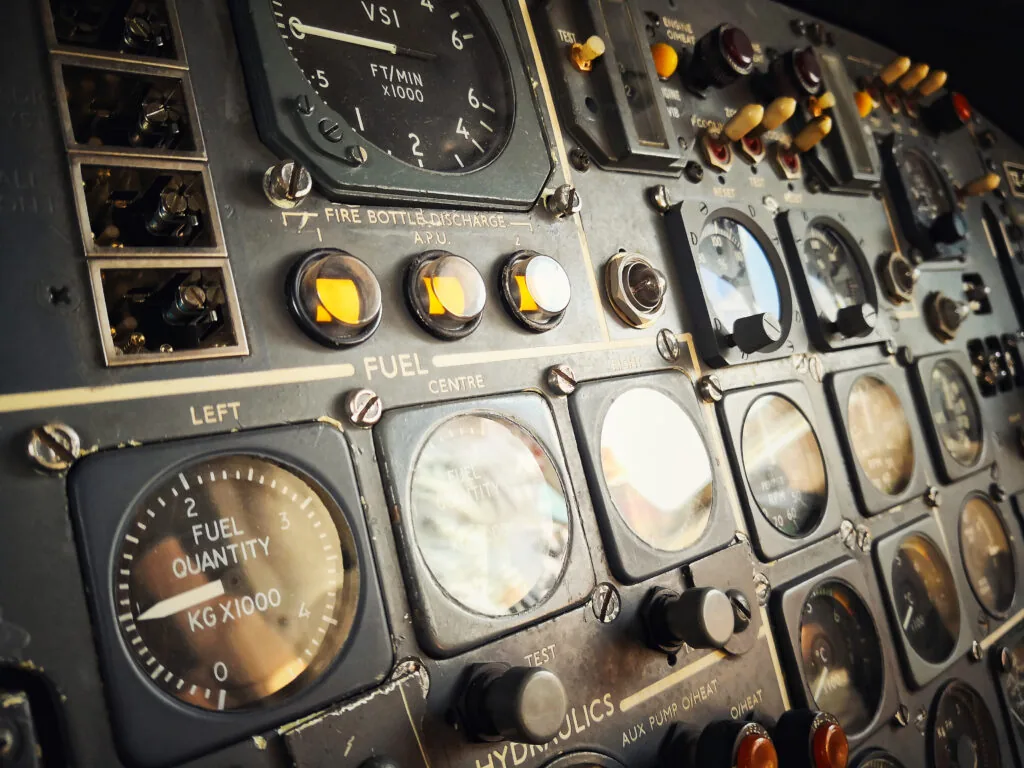
What is Pressure Altitude?
Pressure altitude is the attitude displayed on the altimeter when the Kollsman window is set to 29.92 inches of mercury or 1013.4 millibars.
Pilots cannot use pressure altitude below 18,000 feet, because then the aircraft’s true altitude would change depending on temperature. That is why every time a pilot checks in with a new air traffic controller, the local altimeter calibration is necessary.
The altimeter indicates how high the airplane is above sea level by calculating the difference between the pressure in the aneroid wafers and the atmospheric pressure fed into the static port.
How Do You Calculate Pressure Altitude?
Pressure altitude can be calculated by adjusting the aircraft’s altimeter to a standard pressure setting, usually 29.92 inches of mercury (inHg) or 1013.25 hectopascals (hPa), and then reading off the altitude indicated on the altimeter.
Here are the steps to calculate pressure altitude:
Set the Altimeter
Adjust the altimeter in your aircraft to the standard pressure setting of 29.92 inHg or 1013.25 hPa.
Read the Altitude
The altitude shown on the altimeter after it’s been set to standard pressure is your pressure altitude.
Remember, pressure altitude is the height above a standard datum plane (a theoretical level where the pressure of the atmosphere is 29.92 inHg).
It’s important for calculating performance data such as climb rates, fuel burn, and true airspeed.
For more accurate calculations, especially in high-performance aircraft, pilots often use flight computers or onboard avionics that automatically calculate pressure altitude.
When Is Pressure Altitude Used?
Pressure altitude is used primarily in aviation. It’s a key factor for determining aircraft performance, including fuel consumption and lift generation, as well as calculating the aircraft’s cruising altitude.
Pressure altitude is also used when setting flight levels for air traffic control purposes. This is because all aircraft in a given area will use the standard atmospheric model to calibrate their altimeters, ensuring that different aircraft are all using the same reference point.
Moreover, pressure altitude is used in weather forecasting. Weather balloons, for instance, measure the pressure of the atmosphere at different altitudes, which helps meteorologists predict weather patterns.
It’s important to note that pressure altitude is not the same as the altitude displayed on an altimeter (which is adjusted for local barometric pressure), nor is it the same as the aircraft’s actual height above ground level.
What is Density Altitude?
So, what is the difference between pressure altitude vs. density altitude?
Density altitude is pressure altitude corrected for temperature and humidity.
It is what the airplane “feels” like it is experiencing.
Density altitude is important because all aircraft’ performance decays with increasing density altitude. For example, an airplane could be taking off from a sea-level airport on the coast of Florida, and yet if it is hot and humid, the density altitude could be as high as 5,000 feet, in which case the airplane, even at sea level, requires a longer takeoff run and has a reduced rate of climb.
Density altitude is calculated as part of the pre-flight preparation process. Most airplanes’ Pilot Operating Handbooks (POH) include a chart showing how to calculate this information.
Pilots need to know density altitude because it reflects air density. The less air density at high altitudes in hot weather, the less lift is generated over the wings.
Having this information can help the pilot prepare for an aircraft underperforming in such conditions. Pilots might need to fly with fewer bags or people, or even delay the flight if it seems the runway is not long enough to have a sufficiently long takeoff roll.
How Do You Calculate Density Altitude?
Density altitude is a measure of air density and it’s an important concept in aviation. It’s calculated by taking into account the temperature, atmospheric pressure, and humidity at a particular location.
Here is a simple formula to calculate density altitude:
Density Altitude = Pressure Altitude + [120 * (Outside Air Temperature – Standard Temperature)]
In this equation, the outside air temperature is the actual air temperature, and the standard temperature is the temperature you would expect at that altitude under standard atmospheric conditions (15°C at sea level, decreasing by about 2°C per 1000 feet of altitude).
Remember, as the temperature and humidity increase, the air density decreases which increases the density altitude. Similarly, as the atmospheric pressure decreases, the air density also decreases, again increasing the density altitude.
When Is Density Altitude Used?
Density altitude is used primarily in aviation. It refers to the altitude at which the density of the International Standard Atmosphere (ISA) is the same as the air density given under the current weather conditions.
Pilots use it to assess the airplane’s aerodynamic performance under certain weather conditions. It becomes particularly important during takeoff and landing, as higher density altitudes can decrease lift and increase the amount of runway needed for takeoff or landing.
Density altitude is also used in the field of meteorology as it helps in predicting weather patterns and understanding climate variations.
Learn More About Pressure Altitude vs. Density Altitude at CAU Today
If you enjoy the content of this blog and want to learn more about California Aeronautical University’s aviation programs, don’t hesitate to schedule a meeting with us today. We’re excited to help you take flight in your aviation career!
Read More:
Ready to soar in your aviation career?
Mr. Matthew A. Johnston has over 23 years of experience serving various roles in education and is currently serving as the President of California Aeronautical University. He maintains memberships and is a supporting participant with several aviation promoting and advocacy associations including University Aviation Association (UAA), Regional Airline Association (RAA), AOPA, NBAA, and EAA with the Young Eagles program. He is proud of his collaboration with airlines, aviation businesses and individual aviation professionals who are working with him to develop California Aeronautical University as a leader in educating aviation professionals.
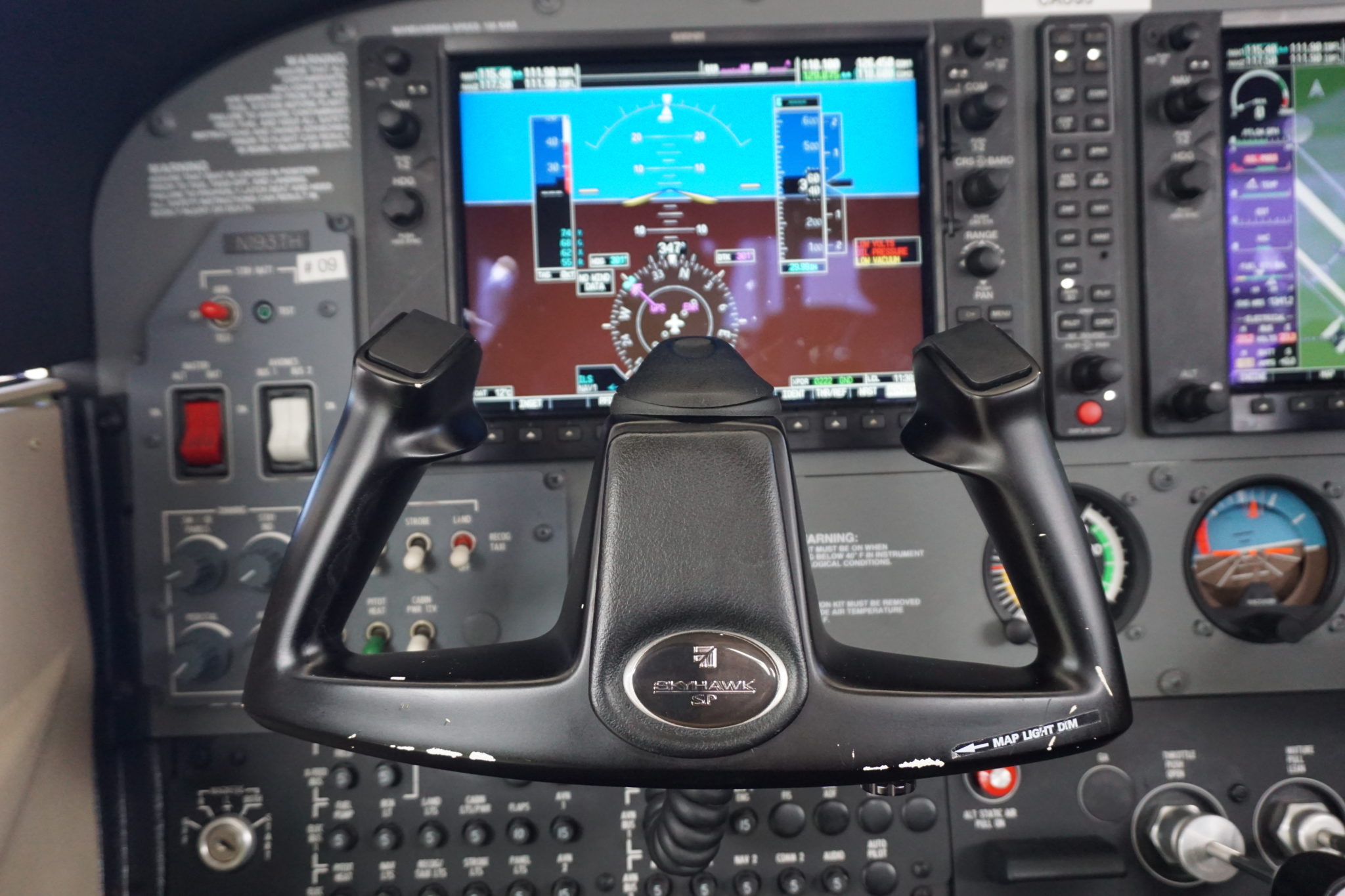
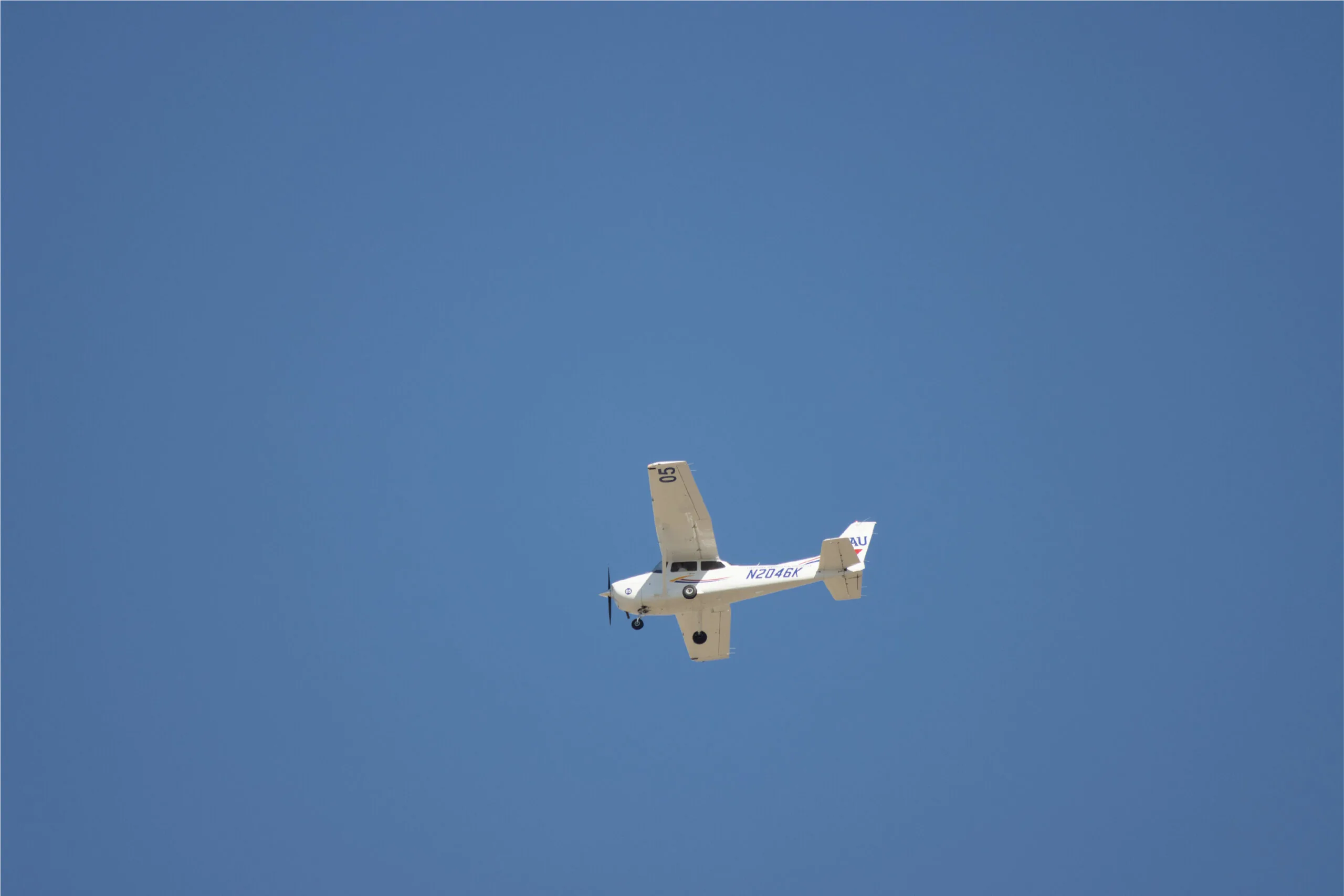

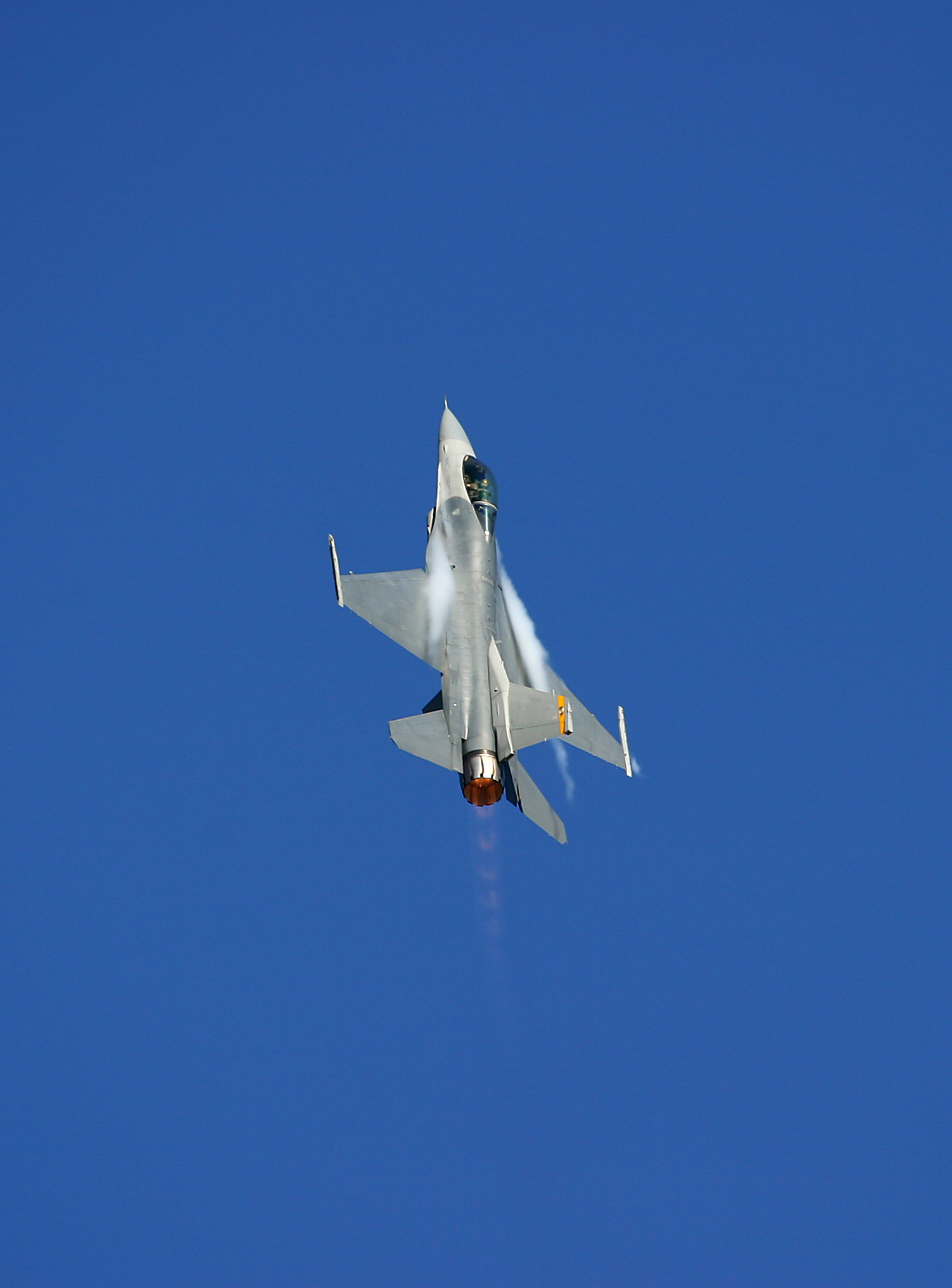
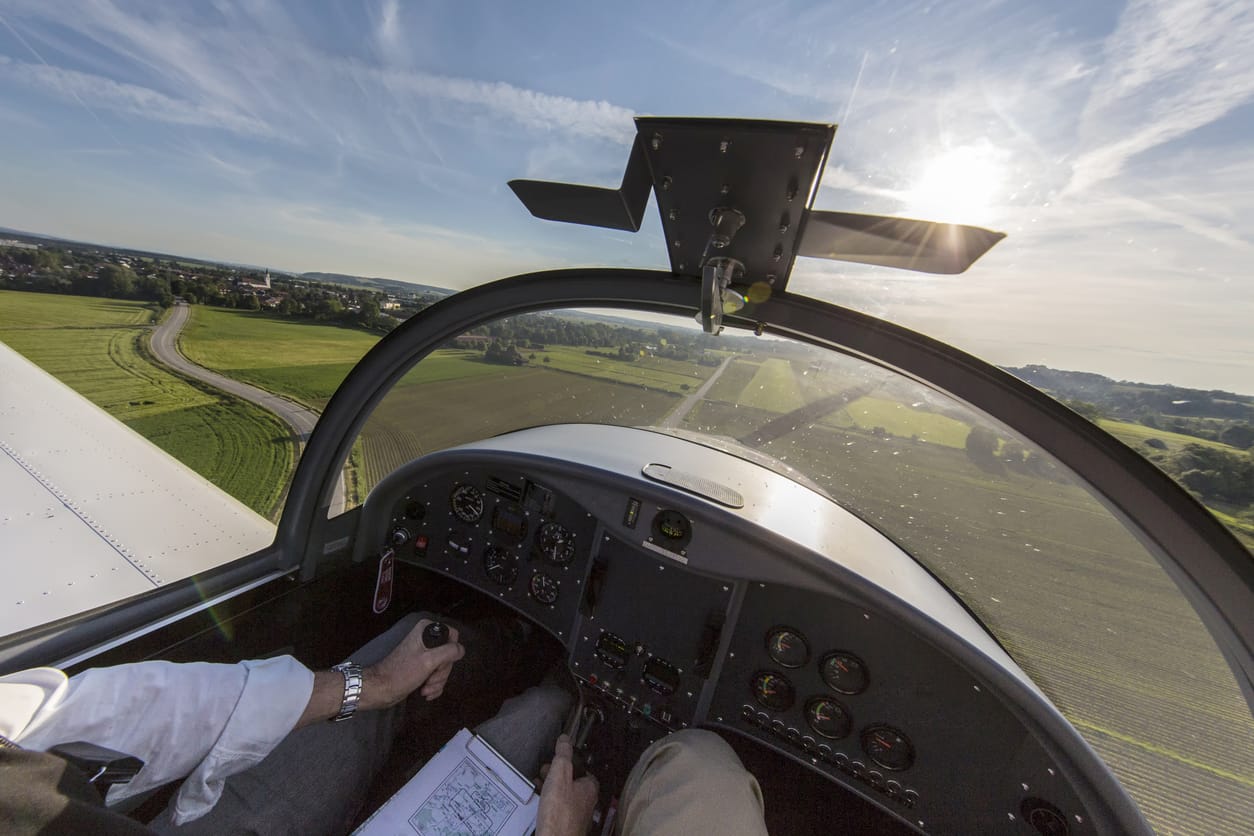
Very informative article… Thanku for ur efforts… I am looking forward such articles by you in future too…
Thank you so much for your comment!